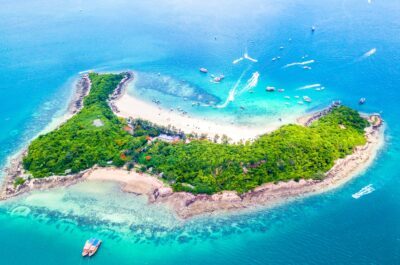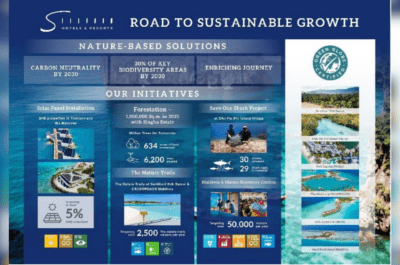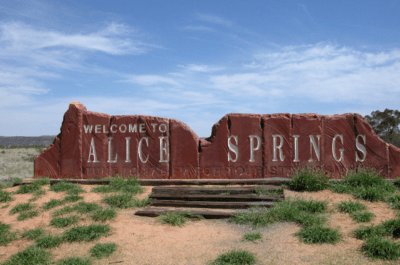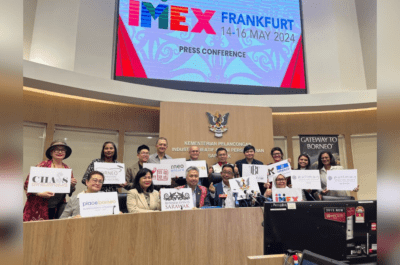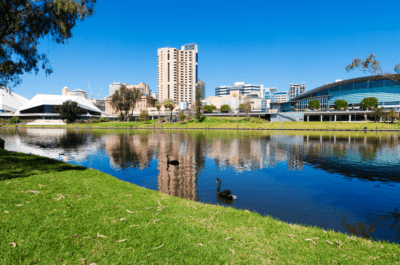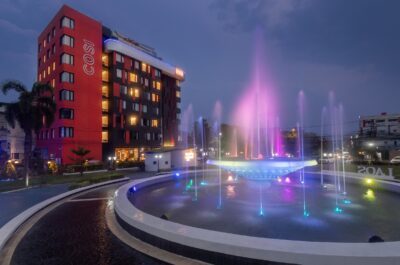BNPB Indonesia mandates evacuation zones at natural attractions for tourist safety during Eid holidays, in response to disaster risks.
JAKARTA, INDONESIA – The National Disaster Mitigation Agency (BNPB) of Indonesia has taken a proactive measure to ensure the safety of tourists visiting natural attractions during the highly anticipated Eid holidays. In a significant move, the BNPB has issued a directive for the creation of designated evacuation zones at these sites, aiming to significantly reduce the risks associated with natural disasters.
A Unified Effort for Disaster Preparedness
Lilik Kurniawan, BNPB Deputy for Logistics and Equipment, announced the dissemination of a circular letter to all managers of natural tourism destinations, encompassing both government and privately managed sites. This initiative underscores a collaborative effort between the BNPB and Regional Disaster Mitigation Agencies (BPBD) to secure the presence of evacuation zones across the country’s vast array of natural tourism destinations.
Addressing the Vulnerability of Tourism Sites
The rationale behind this directive stems from the recognition that a majority of Indonesia’s natural attractions are situated in areas susceptible to various hydrometeorological disasters, including floods, landslides, and tornadoes, as well as tsunamis and earthquakes. The establishment of evacuation zones is deemed crucial for safeguarding visitors amidst these potential threats, particularly during peak travel periods such as the Eid holidays.
Meteorological Insights and Weather Forecasts
Supporting this decision, the Meteorology, Climatology, and Geophysics Agency (BMKG) has provided an analysis indicating the likelihood of light to heavy rainfall across most parts of Indonesia during the Eid festivities. Notably, the BMKG forecasts moderate to heavy rains in the week leading up to Eid, followed by predominantly sunny and cloudy conditions during the week of Eid itself, with a possibility of rain. The subsequent week is expected to bring light to moderate rainfall to northern and central regions of the country.
Java Island: A Focus Area
Particular attention is being given to Java Island, identified as a region with heightened vulnerability to disasters during the Eid holiday period. This is attributed to both the high potential for rainfall and the significant increase in people’s movement. Locations such as Puncak Bogor, Mount Bromo, Banyuwangi, and Yogyakarta’s southern coast have been specifically highlighted as disaster-prone areas.
Implications for the Travel and Hospitality Industry
For travel and hospitality professionals, the BNPB’s mandate presents both challenges and opportunities. Ensuring the implementation of evacuation zones necessitates a reassessment of operational and emergency response strategies. However, it also offers a chance to demonstrate a strong commitment to visitor safety, potentially enhancing the attractiveness of natural tourism sites.
The industry is encouraged to collaborate closely with government agencies, aligning with national disaster mitigation efforts and contributing to the development of comprehensive safety measures. By prioritizing the well-being of tourists, stakeholders can ensure a resilient and sustainable future for Indonesia’s natural tourism sector, even in the face of environmental uncertainties.
George, in his capacity as an intern, diligently oversees the flow of news, assists in the publication of content, and delves into the strategies of social media distribution. He is currently pursuing his studies in Business Administration at the Athens University of Economics and Business.






























![[PR] PR_Ascott and Vimut Hospital_2024](https://www.traveldailynews.asia/wp-content/uploads/2024/04/PR-PR_Ascott-and-Vimut-Hospital_2024-400x265.jpg)

